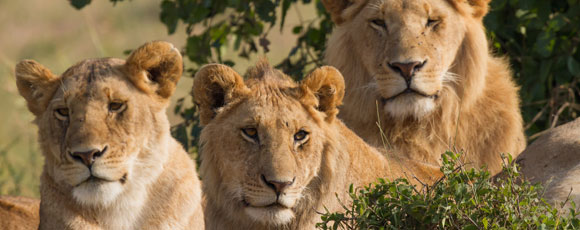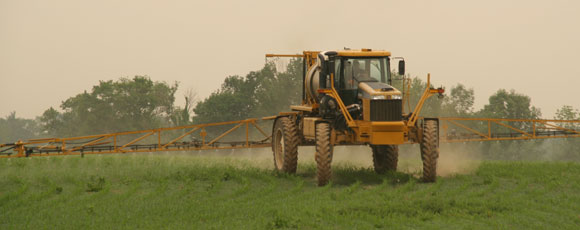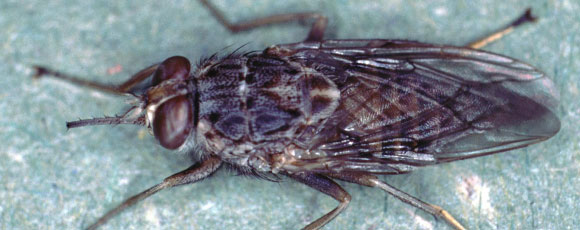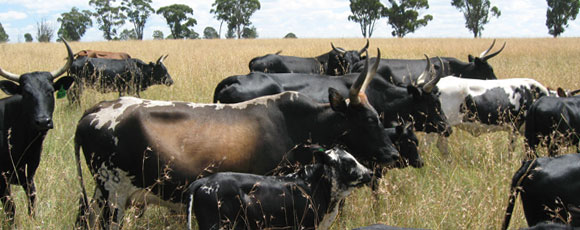Biotech Bytes
New genetic toolkit for lion conservation

Image by Wikimedia Foundation.
Various human activities, including poaching that feeds the Asian lion-bone market and “canned” hunting (trophy hunting), has put African lion populations under severe pressure. Fencing reduces the threat, but it causes populations to become isolated. This in turn can lead to inbreeding and overpopulation, which ultimately undermines conservation efforts.
Researchers at the Tshwane University of Technology and the University of Pretoria have described genetic markers that will help address these problems.
Firstly, the probability that individual lions are related can now be assessed. Secondly, the markers can be used to match carcasses with confiscated lion parts, such as skin or bones, thus linking the illegal items to the scene of a poaching crime.
Such wildlife forensic standards have also been established for white and black rhinos, among other animals, and now form a key part of both conservation planning and criminal investigations. The researchers say the next step would be to test the lion marker sets in other lion populations across the continent.
Read the original peer-reviewed article
_____________________
Greener, cheaper bio-pesticides for local crops

Image by Wikimedia Foundation.
Instead of relying solely on synthetic chemical pesticides to protect crops, farmers are moving towards a more holistic approach that includes using the natural biological enemies of weeds and pests. This tactic is potentially more environmentally-friendly, and would slow pesticide resistance in insects.
Certain viruses maybe used as biocontrol agents against insect pests, which impact heavily on commercial crop production in South Africa. In one local success story, bio-prospectors at Rhodes University recently discovered two new local virus isolates (PlxyGV-SA and PhopGV-SA) that could be formulated into South African commercial bio-pesticides.
Where local bio-pesticides are not yet available, foreign virus products are often imported. These are subject to strict and outdated laws governing the importation of exotic organisms but, fortunately, South African regulators are currently revising this legislation.
They are also revising the registration laws for local bio-pesticides so that small producers would be better able to bring their products to market quickly and affordably. For farmers, local production will almost certainly lead to more affordable products, mainly because in Africa production costs are lower and currencies weaker than in the developed world.
Read the original peer-reviewed article
_____________________
Tsetse fly genome sequenced by African research team

Image by Wikimedia Foundation.
An international effort to sequence the genome of the common tsetse fly has boosted Africa’s capacity in bioinformatics and genomics research.
Sleeping sickness (or trypanosomiasis) is caused by a parasite that is transmitted through the bite of African tsetse flies (several species in the genus Glossina). This widespread illness can result in long-term hospitalisation and even death.
In 2004, the World Health Organisation (WHO) started the International Glossina Genome Initiative (IGGI). This brought research groups in several African countries together to sequence the genome of the tsetse fly. Along the way, IGGI has built capacity and resources for world-class genomics research in Africa.
Ten years on, the impact of the now completed IGGI project can be felt across Africa. The genome of one tsetse fly species (Glossina morsitans morsitans) was sequenced, permanent trypanosomiasis research networks were established, and young researchers gained new skills through genomics workshops and conferences. Most importantly though, the IGGI has developed research capacity where it is needed most: in countries directly affected by trypanosomiasis.
Read the original peer-reviewed article
_____________________
More milk with foreign flora?

Image by Wikimedia Foundation.
Is it possible to improve milk production using the combined digestive power of the animal’s own gut flora with that of horses, wildebeest and zebra? In theory, the answer seems to be “yes”.
Ruminants like cows obtain nutrients by fermenting their food in the rumen before digesting it. The efficiency of this fermentation, and hence the ability of the cow to produce milk, depends on the efficiency of the bacteria in the rumen and hindgut.
Animal scientists at the University of Zululand conducted an in vitro experiment to find out if the active enzymes or microbes from other herbivores would enhance the ability of the cow’s own rumen bacteria to breakdown cellulose found in plant matter.
The efficiency of the cow system alone was compared to that of cow and horse, cow and zebra, cow and wildebeest and a combination of all four herbivores. The latter gave the best performance overall, followed by the cow-horse mixture.
While these findings do represent a first positive step, further research is needed to determine whether the microbial mixtures would survive and function similarly in a live cow gut.
If successful, the method would offer a relatively inexpensive and simple solution for farmers who don’t have access to high-quality pastures.
Read the original peer-reviewed article
_____________________
The bio-prospects of QwaQwa dirt

Image by Wikimedia Foundation.
Researchers from the Central University of Technology have unearthed a number of potentially harmful and helpful microorganisms from the soils of mining sites in QwaQwa, Free State.
What makes these soils particularly interesting is that women and children eat it. This fairly common global practice is known as geophagia and it may be associated with medicinal treatments, ceremonial events or spiritual behaviours. Unfortunately, scientists know that geophagia poses a major health risk due to the ingestion of pollutants, parasites and other living organisms.
In the QwaQwa study, researchers used a DNA-based approach to study the biodiversity of geophagic soil from 17 mining sites.
They found a number of known and potential human pathogens, which is of particular concern for immune-compromised individuals who consume the soil. However, they also identified several organisms that could be useful as antimicrobial or antifungal agents, or as bioremediation agents to degrade environmental pollutants and toxins.
These findings will inform future studies into the health risks of geophagia, and potentially using geophagic mining soils as a source for microorganisms of economic importance.
Read the original peer-reviewed article
|
|